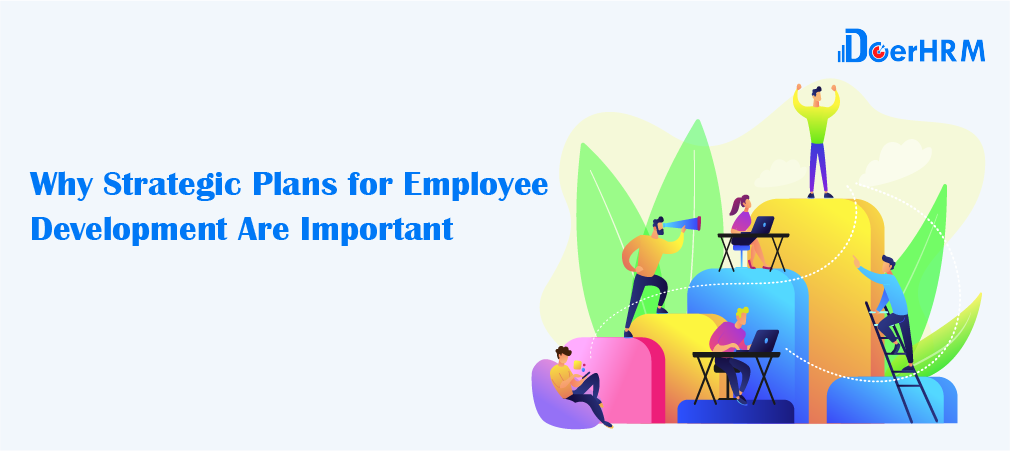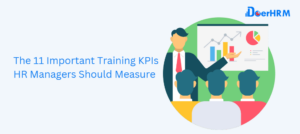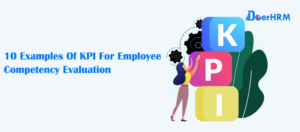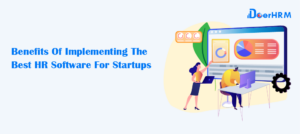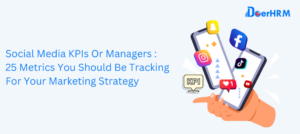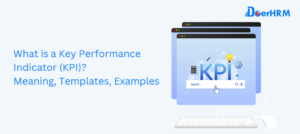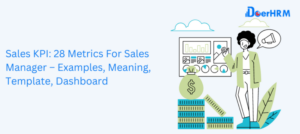As market demands evolve, the gap between the skills you need and the skills you already have in your workforce will continue to grow. The solution? Expand your current workforce’s capabilities to meet these changing needs by incorporating employee development plans into your talent strategy.
Consider these employee development ideas to drive your business forward.
How Are Employee Development Practices Strategic?
The role of learning and development has never been more vital to business success. A culture of continuous learning and upskilling supports your employees’ needs and creates tremendous business value. By investing in your employees’ professional development, you can increase the value of your workforce — and the value the workforce provides to the business.
You’ll want to build processes for employee development into existing people processes. The more impact you can create with less work, the greater the payoff to the business. Incorporating learning and development into existing processes also minimizes disruption to employees, increasing their likelihood of adopting employee development plans.
How to Create a Strategic Employee Development Plan?
Employee development plans, like individual employee goals, start at the top and gain momentum as they move down the org chart to land with each employee. Here’s how to create effective employee development plans to drive learning and skill development in the right direction.
Establish Business Goals
Employee development plans always start with the big-picture business goals. Review the business strategy and your plan for executing it. Identify the specific actions and tasks that the workforce needs to complete to achieve business goals.
Your findings from this process will become the blueprint for your employee development plan.
Assess Work Development Needs
Given what the business wants to accomplish, assess your current workforce capabilities. Do you have the skills and competencies you need in your existing workforce? Identify points where you need to build new capabilities to drive business results. What specific skills does the workforce need to accomplish business goals?
Work with talent acquisition and workforce planning professionals to determine which of those skills, abilities, and competencies to build in house and which you need to source through external talent marketplaces.
Identify Career and Growth Opportunities
Using workforce development needs as a guide, identify specific career development and growth opportunities for individual employees. Employees with adjacent skills to those you need, for example, are prime candidates for upskilling to fill gaps. Link upskilling opportunities to distinct career development tracks to show employees what they’re working toward.
Take the employees’ interests and personal goals into account when identifying growth opportunities. Employees and the business need to be working toward shared goals. If employees aren’t personally invested in what they’re learning, they’re less likely to absorb the skills and knowledge they need.
Consider All Training and Development Formats
There are several learning formats employees can use to learn and grow their skills.
Traditional classroom learning involves one teacher and numerous students. In this model, students can collaborate with each other to enhance their learning. Online learning modules mimic classroom learning but in an individual, asynchronous format. Employees can engage in these modules on their own schedules.
Blended learning combines traditional, live learning with asynchronous online formats. Microlearning is an updated version of online learning. It consists of short one-off or continuous learning modules that employees can fit into their schedules more easily.
The most effective learning format is learning on the job. Building development into the flow of work gives employees the opportunity to practice and apply skills in the course of their daily tasks. You can blend on-the-job learning with any of the other learning formats to drive home learning outcomes.
The ideal format to use in an employee development plan depends on the individual employee and your company resources. Build a customized employee development program to produce the best learning outcomes.
Create a Clear Action Plan
With clear goals and a learning format in place, develop an action plan to help employees achieve their learning goals.
Managers and employees can collaborate to identify specific projects and tasks they can complete to apply their knowledge. Exercising new skills and abilities as they’re learned improves outcomes. Managers play an important role in emphasizing the connection between the employee’s learning goals and the business strategy.
Track Plan Effectiveness
As employees begin implementing their learning plan, have managers track their progress and check in frequently. Because employee learning goals are aligned with their organizational goals, assessing the learning plan’s effectiveness should be part of regular employee performance conversations. Managers can offer constructive criticism and positive feedback to help employees continue moving forward.
If the learning plan isn’t producing the desired results, you may need to revise it.
Revisit and Revise Your Plan as Needed
Make small changes to the employee’s development plan to see whether they produce better results. Consider changing the learning format, for example, to accommodate a particular employee’s learning style.
You may need to revisit your business plan on a larger scale, too. We can’t afford to just look at strategies and objectives only once a year. Part of embracing and adopting agility is learning to let go of goals that no longer serve the business and to reprioritize objectives according to changing circumstances.
Sometimes you have to stop doing certain things so you can focus on what matters most. However, this can have a ripple effect on employee development plans. Put contingency plans into place to help employees become more agile in their learning.
Conclusion
When leaders and teams are less skilled at implementation, you will frequently see scope creep, individuals in over their heads and floundering in their role, or requests for more people to pick up the slack of a poorly executed project. Organizations can often throw money at projects that looked good on paper but fail to deliver. As the business environment around us shifts and changes, strategy in organizations is changing too. Organizations are in need of a whole new brand of leader with strong relationship skills as well as strategic skills.
